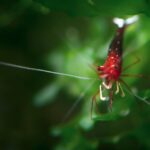Are you considering paring snails with bettas in the same aquarium? Make no mistake about it, that’s a great move! That’s because taking that step will make your tank look more engaging and attractive, cleaner, and safer for all the aquatic life. When I say worst snails for betta, its possible some snails may be partially compatible, so please take care to read and learn about snails to ensure you get a good match with your betta.
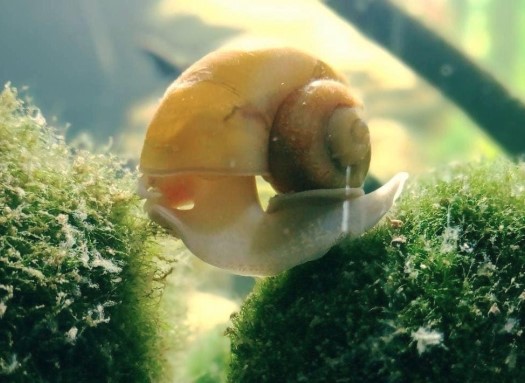
However, there are specific gastropods you shouldn’t pair with your fish. The reason is that doing so has consequences. Yes, I have compiled them for you in this article. Interestingly enough, every mollusk that made this list doe a certain degree of harm. When I started out as an aquarist, I made the costly mistake of breeding them and learned the hard way.
So, I will show you the 5 snails you shouldn’t pair with bettas, and the level of damage they cause. This way, you don’t make the mistake I made as a greenhorn. Now, grab some pizza and a glass of juice as I unwrap my package for you.
5 Worst Snails for Betta Tank
Don’t make the mistake of paring any of these mollusks with bettas
1. Bladder Snails (Physella acuta)
You see, these mollusks don’t get big because they are about ½ inch long as adults. The most common color is muddy brown with speckles and round shells. Their shells have long apertures with a pointed spire and no operculum. Although I won’t encourage you to pair them with betta, they can be a blessing because they snack on decaying matter, algae, and waste.
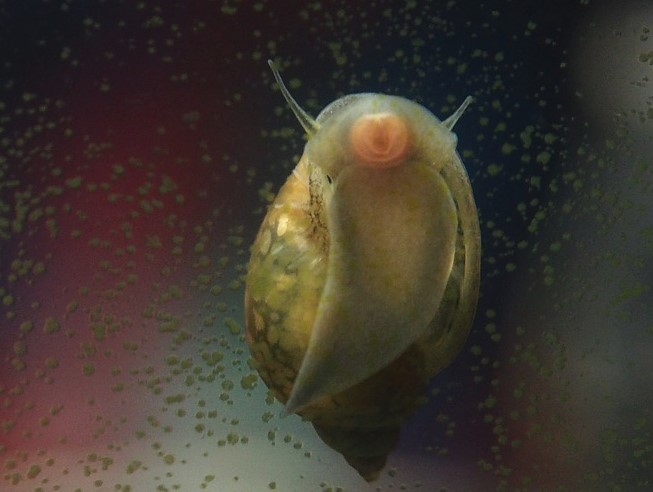
However, they made this list because they reproduce at an alarming rate via sexual and asexual means. Being hermaphrodites, it means they create viable eggs and take over the space. To be crystal clear, they lay small egg capsules that contain between 10 and 40 eggs. These eggs hatch within a week, leading to uncontrollable breeding.
Plus, they will churn out tons of waste that would break down into ammonia and nitrates. For all this, pairing this snail species with your fish is a no-no!
2. Apple Snails (Ampullariidae)
These mollusks are known as “Apples” because one mollusk can grow to the size of an apple fruit. Given this size, people often use them as pets. They come in different colors, such as brown, white, yellow, blue, purple, etc. They have round shells with a pointed whorl.
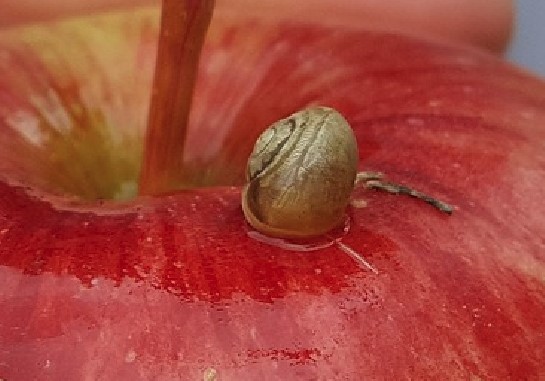
When you breed them, expect them to reproduce in hundreds. To get a sense of how they reproduce, they lay about 500 – 700 eggs. Some have laid up to 1000 eggs at once. The females lay a cluster every 5 to 14 days. When they lay this number of eggs, you have to keep your nose to the grindstone to maintain your aquarium. Lest I forget, they are either male or female.
To make matters worse, the females can store sperm for a long time and some others reproduce without a male for months. They also consume large quantities of plants. If you know what’s good for you, stay away from these gastropods.
3. Malaysian Trumpet Snails (Melanoides tuberculata)
A member of the well-known Thiaridae family, Malaysian Trumpet snails have reddish spots on their greenish-brown shells. They also come with a long conical shell and have a maximum size of one inch. Having bred them myself, I noticed that they are peaceful and invasive. I observed that they can go for months without food.
That’s not all – they can survive in slow-paced water bodies with low oxygen levels, endure low temperatures, and even survive lack of water. However, don’t let those perks sway you. Once you do, you will find out that they breed like crazy. Sure, they can give birth to 70 babies at a time. In short, the large females can produce up to 200 young ones.
Imagine having to get rid of that number of young gastropods. When their numbers overwhelm your tank and you introduce Assassin snails to get rid of them, they won’t because Assassins don’t enjoy eating them. To add insult to injury, their bioloads will overrun your aquarium. Avoid these mollusks in your interest.
4. Ramshorn Snails (Planorbidae)
Many aquarists keep these mollusks as pets, but they can quickly become pests. They are often peaceful and are so-called because their shells look like ram’s horns. These snails belong to the most populous family of aquatic pulmonate gastropods.
Often seen in black and red colors, they grow to about an inch and have a lifespan of one year. I added it to your list because they reproduce excessively. When they reproduce in large numbers, they become a nuisance. To be clear, one female lays clusters of eggs in brown blobs known as globules and could lay about a dozen eggs in one day. In fact, some lay up to 20 eggs in one batch. The eggs develop over 10 to 40 days. Still, they eat delicate plants like Cabomba and anacharis!
Lest I forget, they eat plant roots, stems, and fruits. Lastly, they carry parasites like flukes and transit them to your fish. So, don’t bring them anywhere near your tank.
5. Pond Snails (Lymnaeidae stagnalis)
In their natural habitat, Pond snails flow slowly in stagnant water. They have a brown color and a pointy spiral shell. These gastropods are hermaphrodites and love cross-fertilization. It would interest you to know that they grow and mature quickly and come in shells about 2-inch long. One interesting thing about them is that they survive in conditions where others cannot.
In my time, they were breeding about 50 – 120 eggs. No thanks to the females that lay large clumps of dark-yellow eggs; always removing the eggs was like a full-time job for me. I also noticed that their eggs mature within one to two months. The females can store sperm for 3 months. As if that’s not bad enough, they bring about so much bioloads.
Aside from churning out so much bioloads, they eat and emulsify plants (leafy vegetation) and can spike ammonia and nitrate contents in your tank.
Last Words
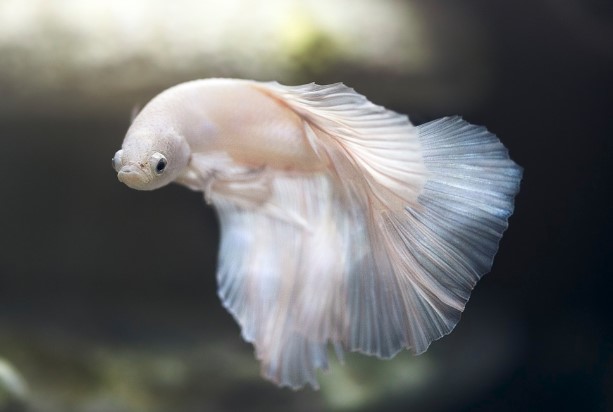
In summary, there you have them; I have shown you the 5 worst snails to pair with fish. I bred them in the past and had a terrible experience controlling their population explosion. If you already have any of these in your aquarium, you have nothing to worry about because I have explained several techniques you can use to manage their numbers.
You will find that article useful because you need to figure out a smart way to control their population, unlike what I went through when I bred them. This way, they don’t take over your aquarium. On the other hand, if you are just getting started, do well to avoid them.







